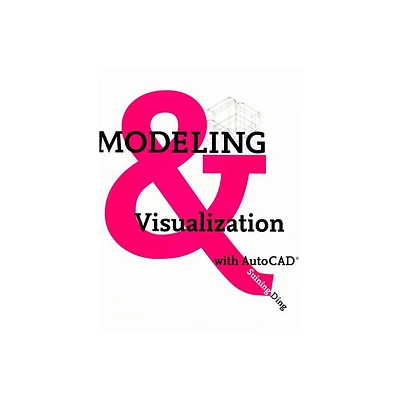Home
Visualizing Venice: Mapping and Modeling Time and Change in a City
Loading Inventory...
Barnes and Noble
Visualizing Venice: Mapping and Modeling Time and Change in a City
Current price: $55.99


Barnes and Noble
Visualizing Venice: Mapping and Modeling Time and Change in a City
Current price: $55.99
Loading Inventory...
Size: OS
*Product Information may vary - to confirm product availability, pricing, and additional information please contact Barnes and Noble
Visualizing Venice
presents the ways in which the use of innovative technology can provide new and fascinating stories about places and times within history. Written by those behind the
project, this book explores the variety of disciplines and analytical methods generated by technologies such as 3D images and interoperable models, GIS mapping and historical cartography, databases, video animations, and applications for mobile devices and the web.
The volume is one of the first collections of essays to integrate the theory and practice of visualization technologies with art, architectural, and urban history. The chapters demonstrate how new methodologies generated by technology can change and inform the way historians think and work, and the potential that such methods have to revolutionize research, teaching, and public-facing communication.
With over 30 images to support and illustrate the project's work,
is ideal for academics, and postgraduates of digital history, digital humanities, and early modern Italy.
presents the ways in which the use of innovative technology can provide new and fascinating stories about places and times within history. Written by those behind the
project, this book explores the variety of disciplines and analytical methods generated by technologies such as 3D images and interoperable models, GIS mapping and historical cartography, databases, video animations, and applications for mobile devices and the web.
The volume is one of the first collections of essays to integrate the theory and practice of visualization technologies with art, architectural, and urban history. The chapters demonstrate how new methodologies generated by technology can change and inform the way historians think and work, and the potential that such methods have to revolutionize research, teaching, and public-facing communication.
With over 30 images to support and illustrate the project's work,
is ideal for academics, and postgraduates of digital history, digital humanities, and early modern Italy.


















